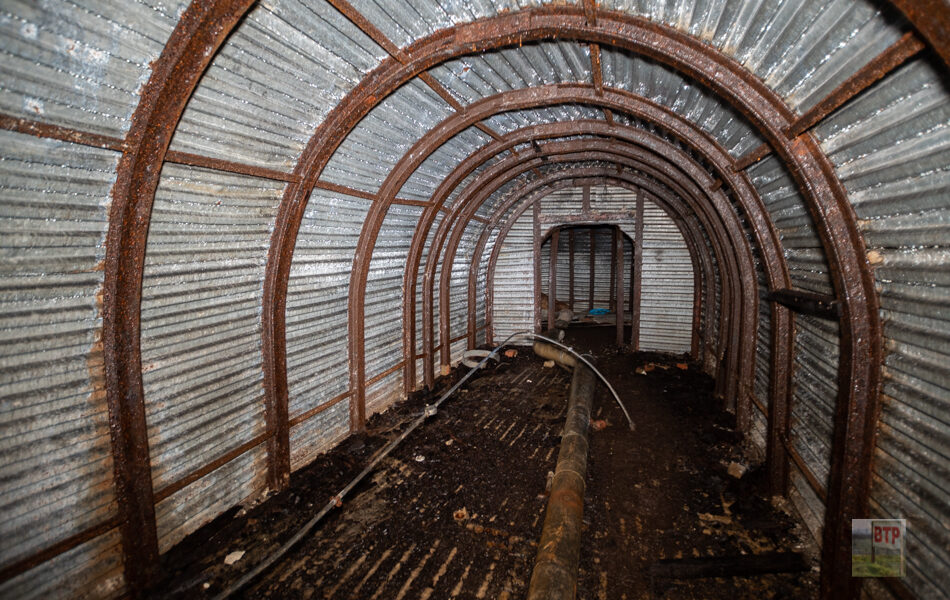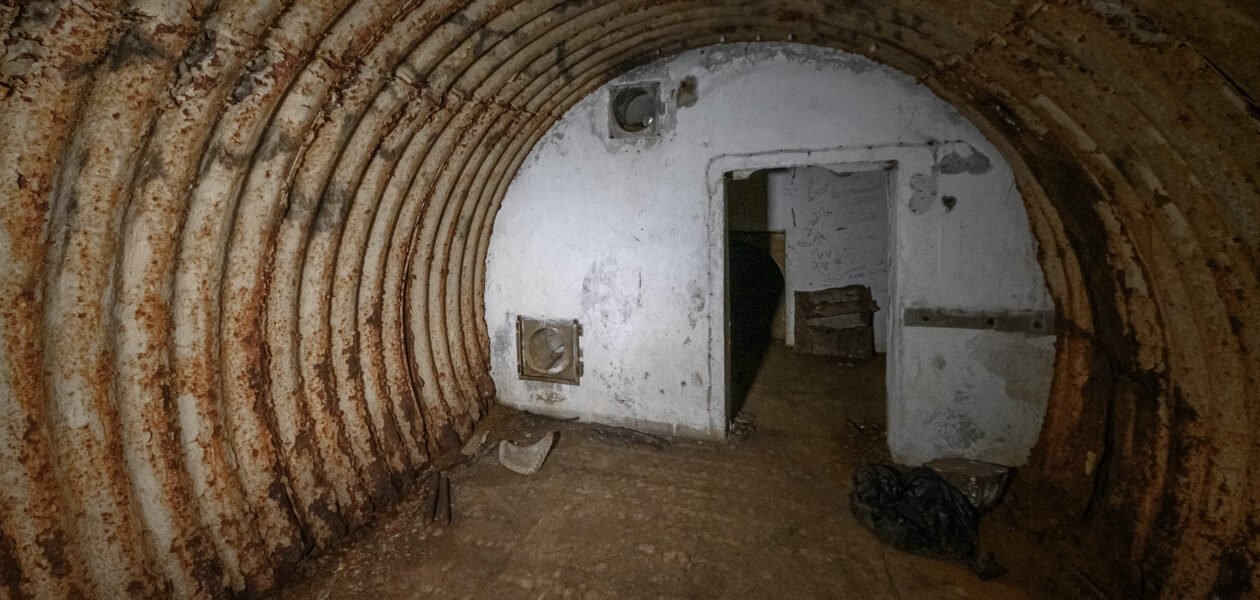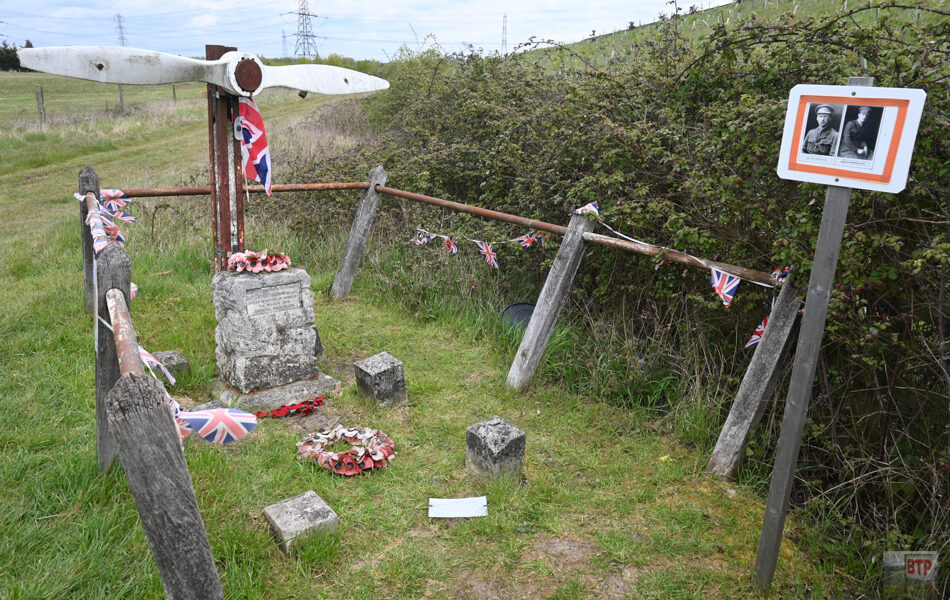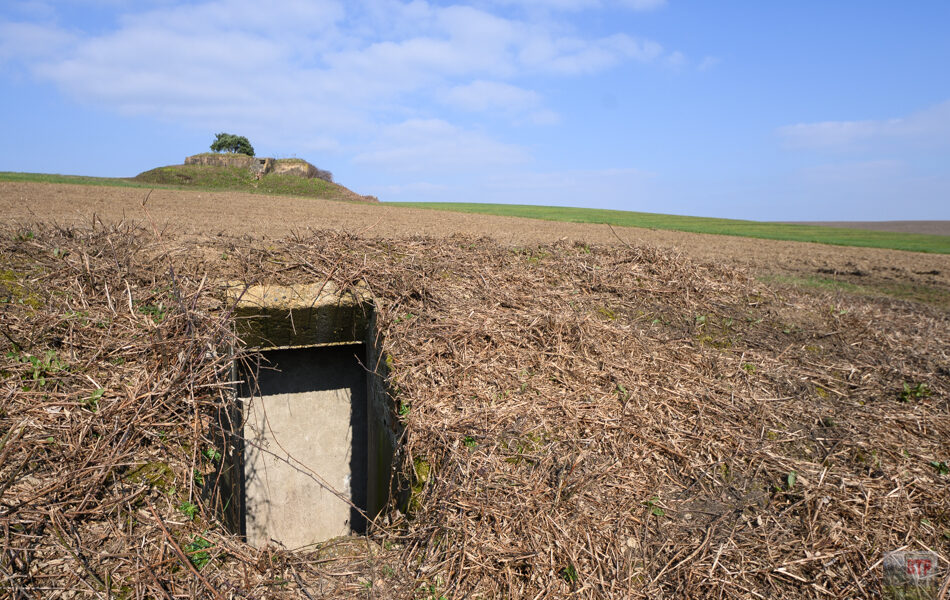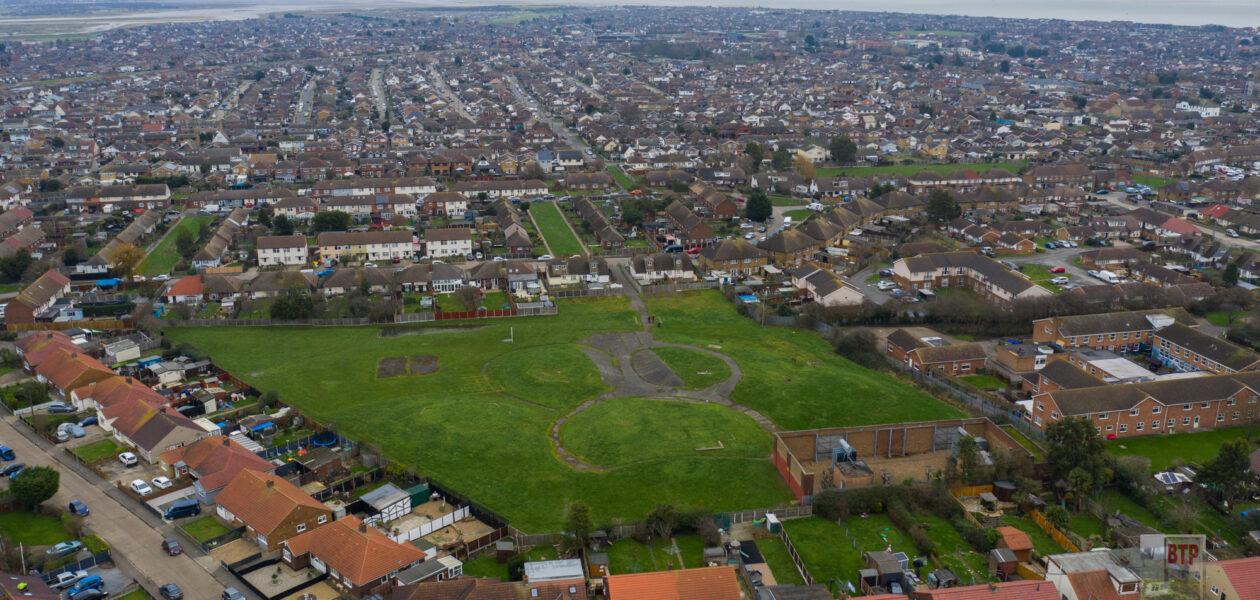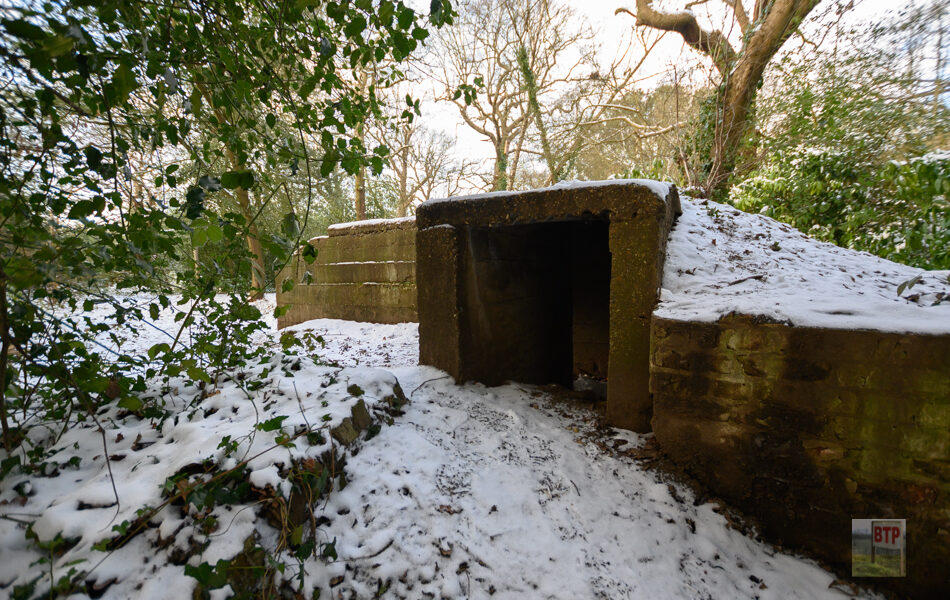Reigate Army Battle Headquarters
Prime Minister Winston Churchill was after a location for a new, secret, Army Battle Headquarters and came across the perfect location in Reigate; an old chalk quarry with easy access by car and a vantage vantage point on top of the tunnels that has a view stretching miles. It’s also rumoured that some of the…
View More
